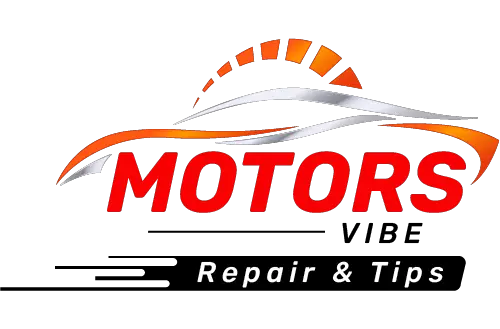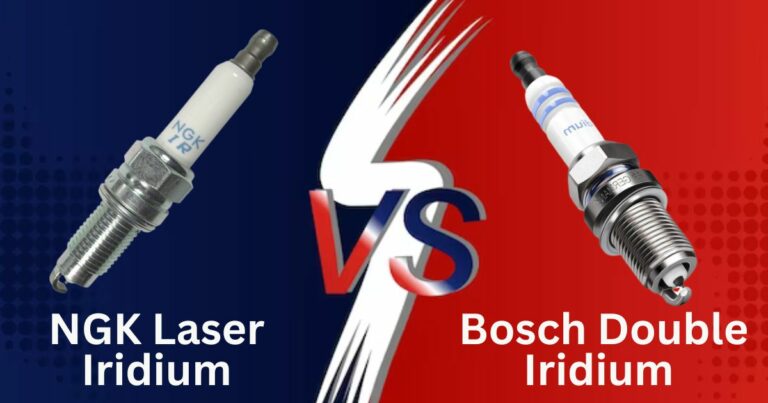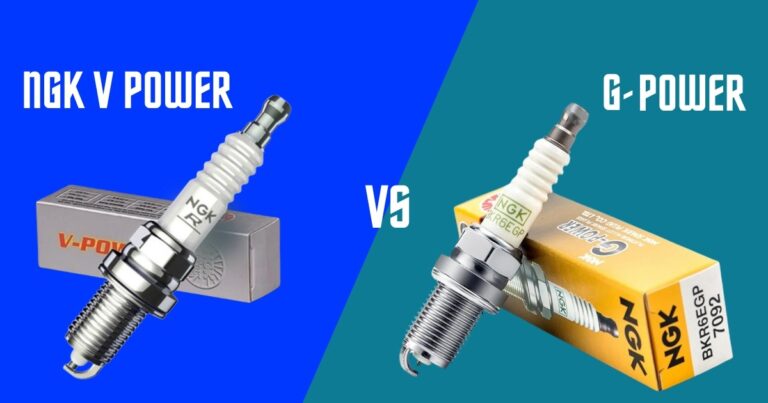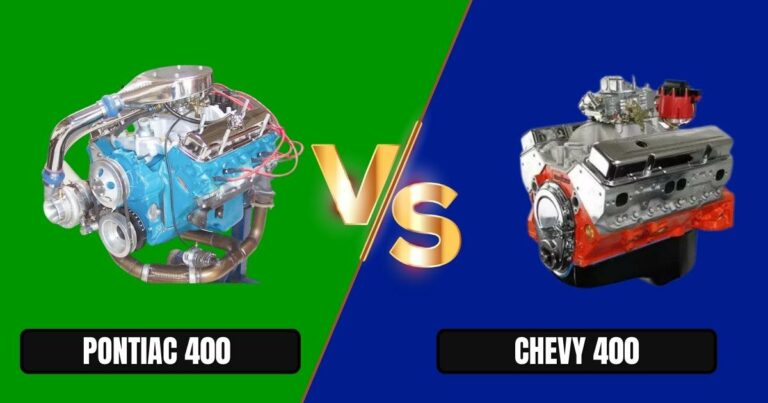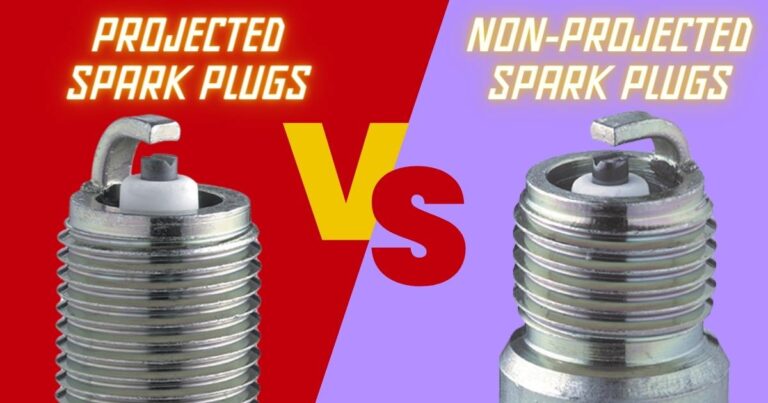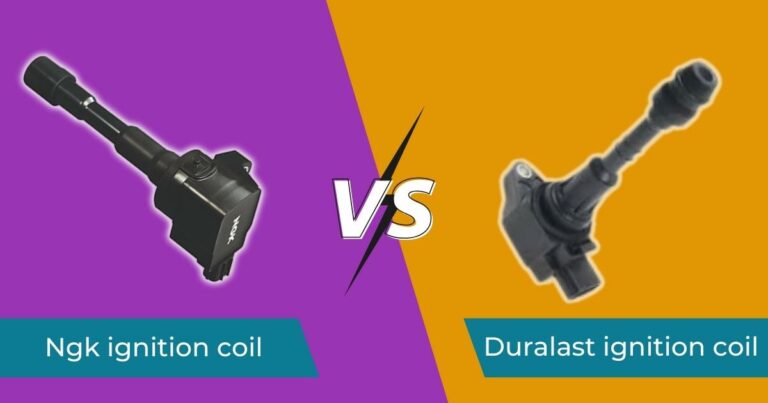Pilot Bearing vs Throwout Bearing | Different or Same?
Pilot and throwout bearings are critical components of cars with manual transmissions. While relatively small in size, these bearings play crucial roles in ensuring the smooth and efficient operation of the transmission and clutch system. Because of this, it is paramount to understand what a throwout bearing vs pilot bearing does to the car transmission system.
Pilot Bearing vs Throwout Bearing at a Glance!
| Pilot Bearing | Throwout Bearing | |
| Location | Positioned at the front of the transmission’s input shaft | Located within the bell housing and engages with pressure plate release levers |
| Function | Supports transmission shaft’s immobility | Initiates clutch disengagement |
| Engagement | Stationary during clutch engagement | Activated for clutch release |
| Connection | Directly linked to the transmission input shaft | Connected to the clutch pedal via a lever/cable |
| Maintenance | Replaced for proper alignment | Common replacement due to wear during clutch release |
What is Pilot Bearing?
The pilot bearing is a crucial part of a car’s transmission system. This bearing sits in the middle of the flywheel, wrapping around the transmission input shaft. Even though it’s tiny, it does an important job of making sure the transmission works smoothly.
The pilot bearing gives support to the front part of the transmission’s input shaft by helping it stay in line with the crankshaft. This allows the clutch to work well when you’re changing gears. When you press the clutch pedal, the pilot bearing keeps the transmission shaft still to ensure it moves at the same speed as the engine crankshaft. As a result, gear changes feel smooth and coordinated.
What is the Role of a Pilot Bearing?
The primary role of a pilot bearing is to ensure the smooth functioning of manual transmissions. Without a pilot bearing, the transmission would face considerable stress and potential damage whenever the transmission’s input shaft engages with the engine’s crankshaft.
The increased workload is mainly attributed to the gears rotating in different directions at varying speeds. This is where the pilot bearing comes in to prevent these gears from colliding, thereby allowing them to synchronize smoothly.
In essence, the pilot bearing plays a significant role in alleviating stress on the transmission by facilitating a harmonious interaction between the transmission’s input shaft and the engine’s crankshaft. However, it’s worth noting that despite its significance, the driver has no control over the pilot bearing.
How Do You Know If the Pilot Bearing is Bad?
As we’ve mentioned above, the primary role of the pilot bearing is to facilitate the smooth re-engagement of the transmission’s input with the engine’s crankshaft. Most manual transmission vehicles incorporate pilot bearings, and due to significant wear, it is common for these bearings to deteriorate.
The first telltale sign of a bad pilot bearing is the presence of loud and unpleasant grinding noises. For instance, if the bearing is compromised in one way or another, the rapidly spinning gears will collide, generating conspicuous and disruptive sounds. Additionally, if the pilot bearing is damaged beyond repair, these noises become notably pronounced.
So, if you begin to notice unusual sounds from the transmission, it could indicate a pilot bearing issue. Moreover, if you encounter challenges while shifting gears, particularly when moving from neutral to first gear or from neutral to reverse, it could be a sign of a bad pilot bearing.
Advantages of Pilot Bearing
- Maintains stable alignment between the transmission’s input shaft and the crankshaft
- Helps decrease wear and tear on transmission components, thereby extending the clutch lifespan
- Facilitates smooth gear synchronization
- Contributes to overall transmission efficiency by ensuring proper alignment and stability.
Disadvantages of Pilot Bearing
- Prone to wear over time due to rotational forces and friction
- Drivers have no direct control over the pilot bearing
- Failure or damage can lead to misalignment, increased friction, and irreversible damage to other transmission components
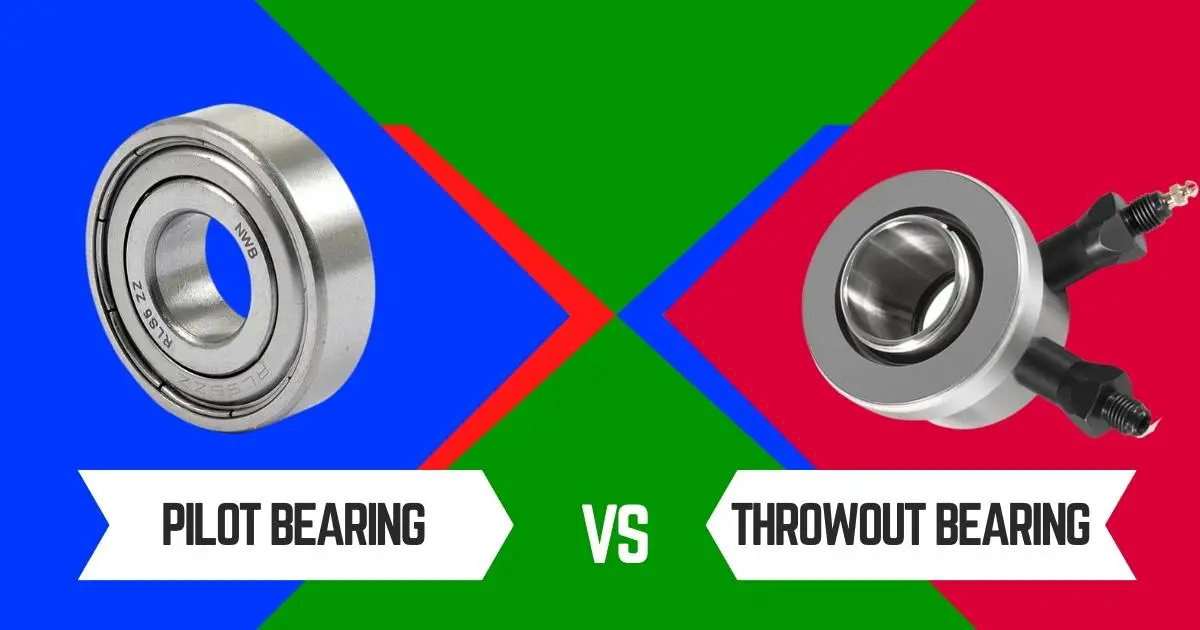
What is Throwout Bearing?
A throwout bearing, also known as a release bearing, plays a crucial role in facilitating the engagement and disengagement of the clutch mechanism. The throwout bearing consists of an outer ring, an inner ring, and a set of bearings between them.
The throwout bearing is positioned within the bell housing, adjacent to the clutch assembly. This bearing is specifically designed to withstand the forces and rotational speeds involved in the clutch operation. As such, regular inspection and maintenance are essential for its optimal performance.
How Throwout Bearing Works
When the driver depresses the clutch pedal, the throwout bearing is pushed against the release levers on the pressure plate. This action causes the throwout bearing to turn and apply pressure to the diaphragm spring or pressure plate. Consequently, the pressure plate disengages from the clutch disc, which allows for the separation of the engine’s power from the transmission.
When you release the clutch pedal, the throwout bearing returns to its inactive position. Ideally, the pressure plate engages with the clutch disc once again, thereby resuming the transfer of power between the engine and the transmission.
Generally, the throwout bearing responds to the driver’s input, which enables smooth and precise engagement and disengagement of the clutch mechanism. This control underscores the importance of the throwout bearing in providing drivers with the ability to execute seamless gear changes and other actions requiring clutch intervention.
Signs of a Bad Throwout Bearing
Unusual noises
One of the most common signs of a failing throwout bearing is the presence of abnormal noises during clutch operation. A worn or damaged throwout bearing may produce grinding, squealing, or rumbling sounds, especially when the clutch pedal is depressed.
Difficulty shifting gears
A failing throwout bearing can lead to difficulties in shifting gears, especially during engagements and disengagements. You may experience resistance, grinding, or a feeling of roughness when moving the gear shifter.
Vibrations
Vibrations or pulsations felt through the clutch pedal during operation can be a sign of throwout bearing issues. This may occur due to irregularities in the bearing’s movement.
Engagement issues
A damaged throwout bearing might result in incomplete or uneven engagement and disengagement of the clutch. This can lead to jerky movements or slipping when trying to engage gears.
Clutch slippage
If the throwout bearing is not functioning correctly, it may contribute to clutch slippage. This is characterized by the clutch failing to fully engage, which leads to a loss of power transmission efficiency.
Advantages of Throwout Bearing
- Essential for smooth engagement and disengagement of the clutch
- Facilitates seamless gear changes
- Allows drivers precise control over the clutch pedal for accurate modulation
- Contributes to overall efficiency and responsiveness of manual transmissions.
Disadvantages of Throwout Bearing
- Prone to wear and tear over time due to active involvement in clutch operation
- Worn bearings may generate unwanted noises during clutch actions
Is Pilot Bearing Same As Throwout Bearing?
Pilot and throwout bearings are essential for the proper operation of the transmission system. But while the two bearing types are related, they are not interchangeable. As such, you cannot use a pilot bearing in place of a throwout bearing and vice versa.
The Pilot bearing primary function is to support the stability and alignment of the transmission shaft during clutch engagement. This is crucial in ensuring synchronized rotation between the transmission shaft and the crankshaft, which contributes to smooth gear changes. Because of this, it is prone to wear and as such, it generally requires replacement during routine clutch service.
On the other hand, the throwout bearing is designed to facilitate clutch engagement and disengagement. It plays a pivotal role in enabling controlled separation of the engine’s power from the transmission during gear changes, which provides seamless transitions. The throwout bearing is also subject to wear and may necessitate replacement, particularly if issues such as noise or vibration arise during clutch operation.
Replacing the pilot and throwout bearings can be a complex task, as it often involves removing the transmission to access the clutch components. However, in the event of damage or any other malfunction, it is advisable to also consider changing the clutch pedal to minimize potential risks and additional costs.
Pilot Bearing vs Throwout Bearing Noise
As we have already mentioned, unusual noise is an early sign of a failing pilot of throwout bearing. These bearings are a critical part of the transmission system, but when they begin to wear or encounter issues, they often manifest all kinds of noises.
For instance, a worn or damaged pilot bearing typically produces a noticeable whining or grinding noise, and if the bearing is extensively damaged, the noise can become quite loud. This noise is particularly evident when the crankshaft and input shaft are rotating at different speeds, often occurring during gear changes or when the vehicle is idling with the clutch engaged.
Similarly, a throwout bearing exhibits a distinct chirping or squealing noise, especially when the clutch pedal is depressed. This noise is typically evident when the vehicle is in neutral, and it tends to diminish or cease when you release the clutch pedal.
Also Read: Single Port vs Dual Port VW Engine | Which is Best For Me?
In both cases, these noises serve as warning signals of probable issues with the bearings and the transmission system at large. As such, you may want to take immediate action to prevent further damage to the transmission system and mitigate the risk of more extensive and costly repairs down the line.
The Parting Shot!
The pilot and throwout bearings play a vital role in handling and driving characteristics of your vehicle. With regular maintenance, these components can deliver years of reliable service, while ensuring continued longevity and smooth operation of your vehicle. Nevertheless, if these bearings exhibit signs of wear or damage, the only viable solution is to go for a complete replacement.
